Table of contents
Herbs of iansã (Oyá): Candomblé, Umbanda and Orixás

Candomblé is an Afro-Brazilian religion, brought by the Yorubas during the black diaspora. From there they brought their deities - the Orixás - and their concept of the Sacred. Umbanda, on the other hand, comes from Brazil, being an adaptation of Candomblé - already so rich and diverse - to Christian and also Spiritist culture.
While Candomblé is related to the laws of nature and its elements, with the Orixás being responsible for the energetic balance, Umbanda perceives them as evolved spirits, following Christian principles and seeking charity.
In both cases, plants associated with each of the Orixás are widely used as working tools, either to prepare baths, defumations, and many other rituals. So learn more about the most powerful herbs of Iansã and how to use each one!
Learn about the main herbs of Iansã (Oyá)
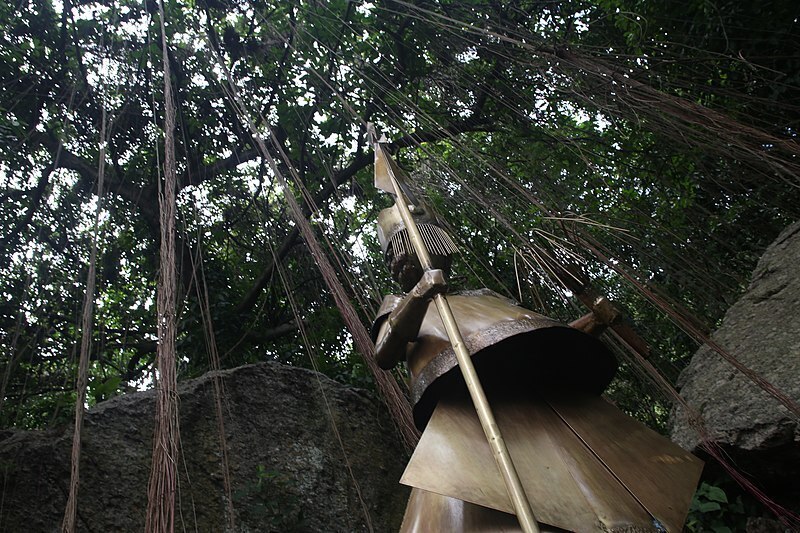
A warrior and fearless Orixá, Iansã (Oyá) is the one who commands the winds - which carry the souls of the dead upwards - lightning and storms. She is linked to change, impulsiveness, frankness, quick thinking and courage. Iansã is the preferred Iabá (female Orixá) for making requests for great changes, which require a lot of struggle, courage and urgency.
Like all orixás, Iansã has her qualities and faults - as do her children. She has her affinities with some plants, and also her repulsions, such as pumpkin. Iansã's herbs can be used in baths, scalding feet and smokings.
To prepare a bath, it is essential to follow the guidance of someone with experience, to avoid problems. It should be prepared in advance and the place of application should be quiet and ready. It is interesting to have a net in the drain, to prevent leaves from clogging your pipe. Then, the remains should be thrown into running water or buried. Of course you can throw in the trash too, butis not ideal.
Smoking, on the other hand, can be done in a few ways. If you have a turban (or a milk can with holes in it), you can light the charcoal in it and put the herbs. Of course you can use an old pot or cauldron reserved for that. Another option is to tie the herbs still fresh, well pressed and let them dry, burning them when ready. The tighter they are, the faster they burn.
The foot scalding should be used when the option of a bath is not feasible and the type of plants allows. The water should be very hot, but in a way that does not burn your skin. Add herbs, essential oils and whatever is indicated, soak your feet and keep adding hot water until the indicated time is completed. Simple, right? So, here you know the favorite herbs of Yansã and how to use each one.
Acoko or Akoko
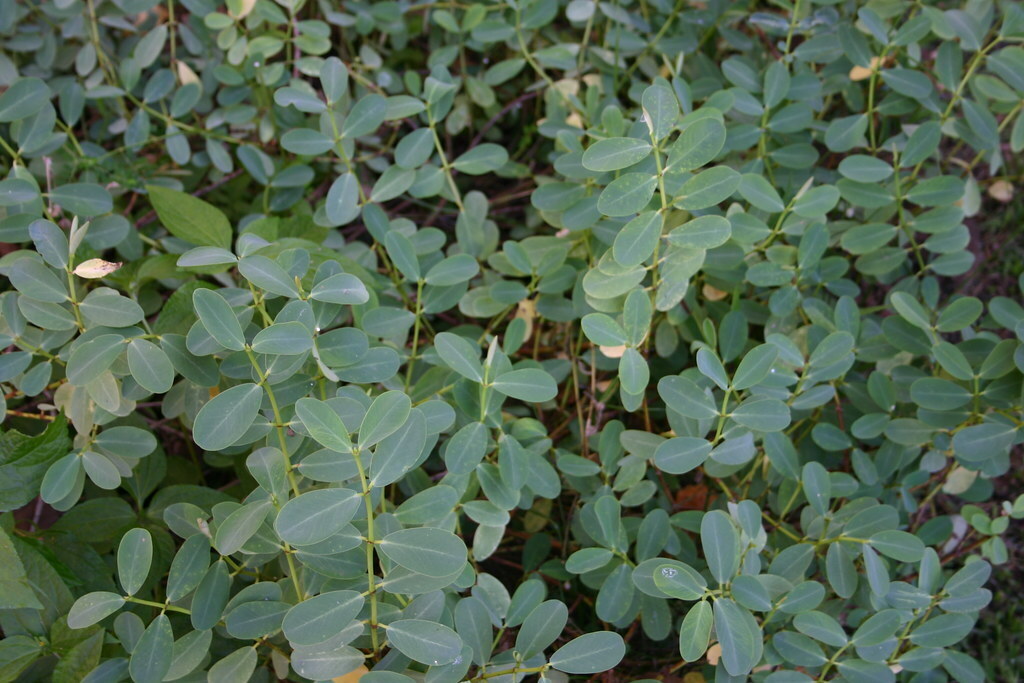
What it is:
Akoko or acoko, whose scientific name is Newbouldia laevis, is the sacred tree of Candomblé. Of African origin, it represents prosperity and fertility. It is considered a link between earth and heaven, for not having many branches and is present in many terreiros. Iansã also receives the name Alakòko or Lady of Akoko, for also being considered a link between the material and the sublime.
How to use:
If you have access to this tree, always carry a piece of its branches with you, for protection, especially on long journeys or in difficult situations. For offerings, spells or sympathies, it is interesting to have the recommendation of someone connected to your tradition, but in general it can be used for baths or patuás.
Lettuce
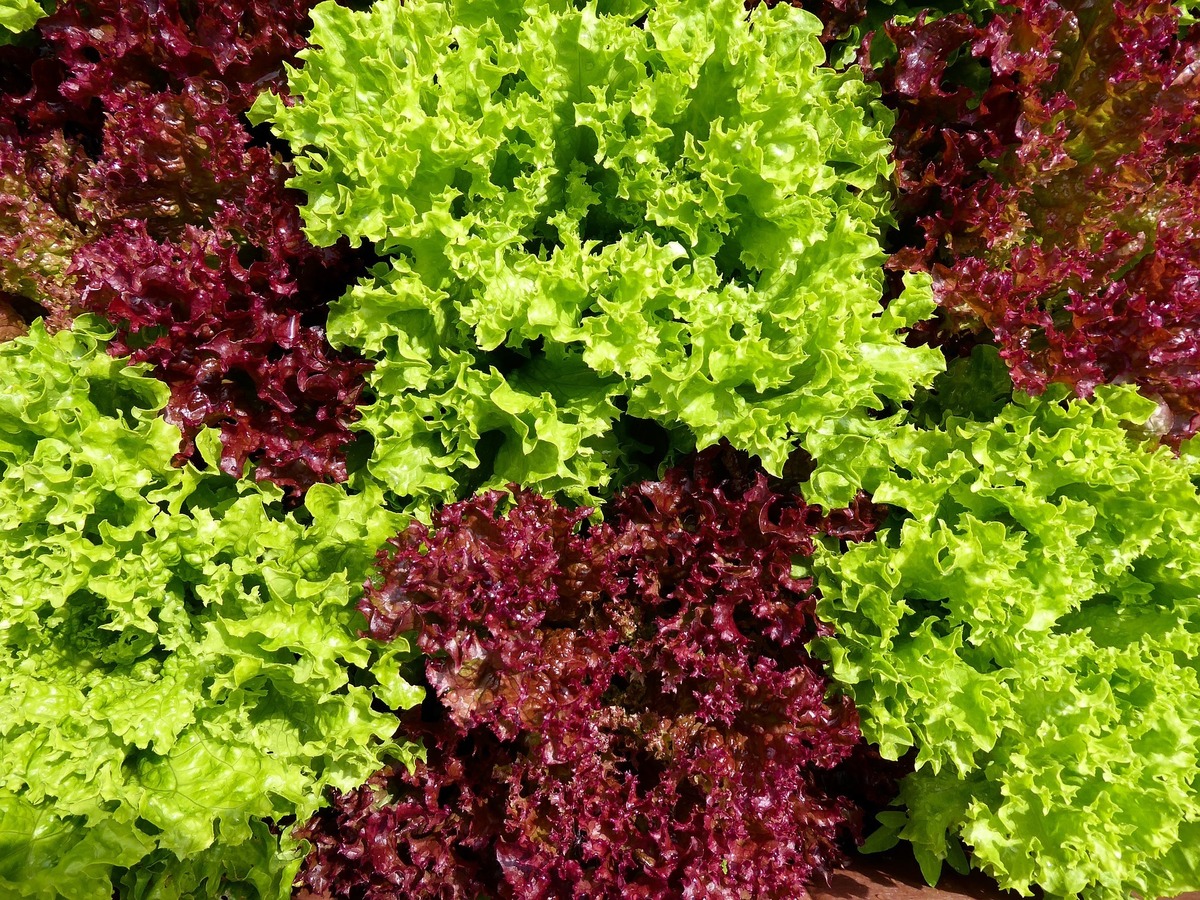
What it is:
Yes, it is exactly the salad lettuce that we are talking about here, whose scientific name is Lactuca Sativa. It can be in any version and color, i.e., plain, curly, purple, American or green. It is one of Oyá's favorites and is related to the wind element. It helps to calm down, improve sleep, cleanse negative energies and ward off evil spirits.
How to use:
You can ingest the plant, but there are also ritualistic uses, such as bathing or shaking (heavier cleansing that can only be done by someone with a lot of experience).
For bedtime, you can take a lettuce stalk - preferably freshly picked - and let it dry upside down, using it as a hanging in your bedroom. The lettuce will dehydrate, protecting your nights, which will be more peaceful, having calmed the mind and body.
Alteia or Malvarisco
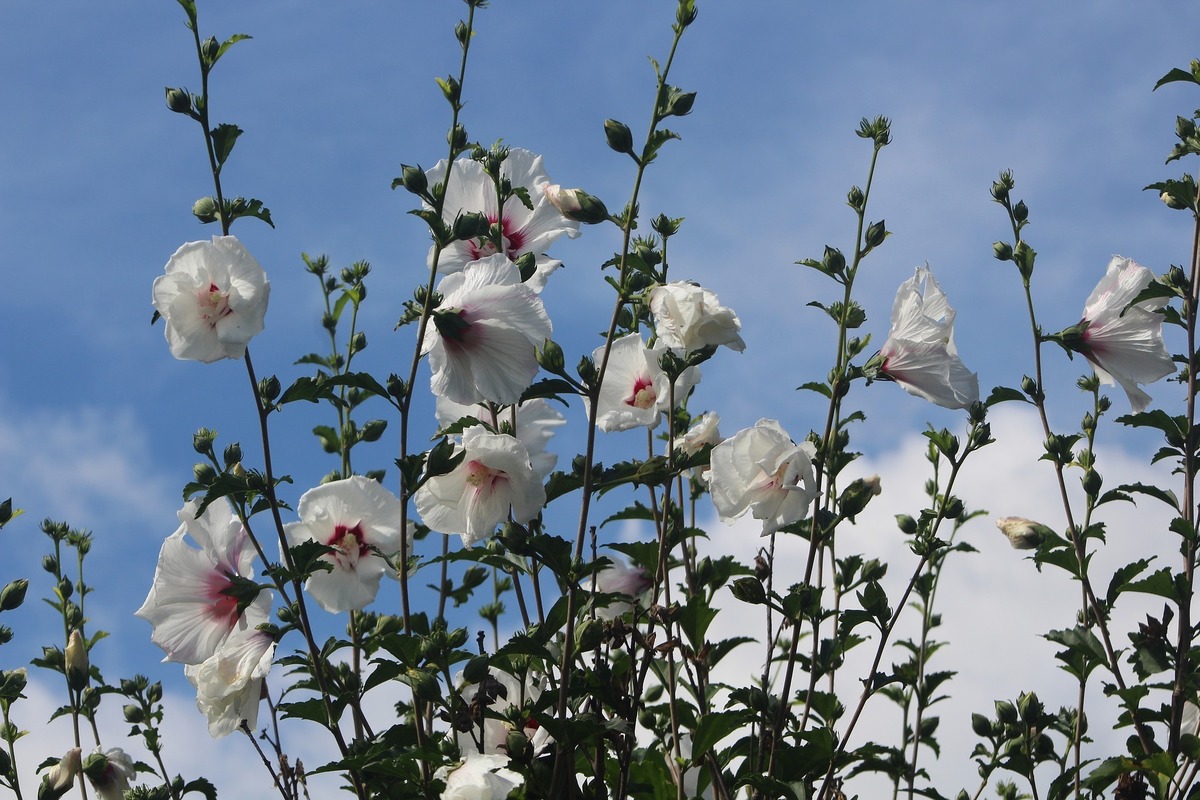
What it is:
The white mallow, malvarisco or alteia, whose scientific name is Althaea officinalis, has beautiful pink flowers and is recognized as a medicinal plant. Normally used to fight flu, contain inflammation or help heal wounds, it also has spiritual use, being one of the favorites of Iansã.
How to use:
Alteia is mainly used to perform unburdening baths - that is, to remove dense energies from the body and drive away evil spirits. It can also be used to cleanse the stones of the orixás, which obviously includes those of Iansã. Its main stones are citrine, rutile quartz and fire agate.
Amoreira
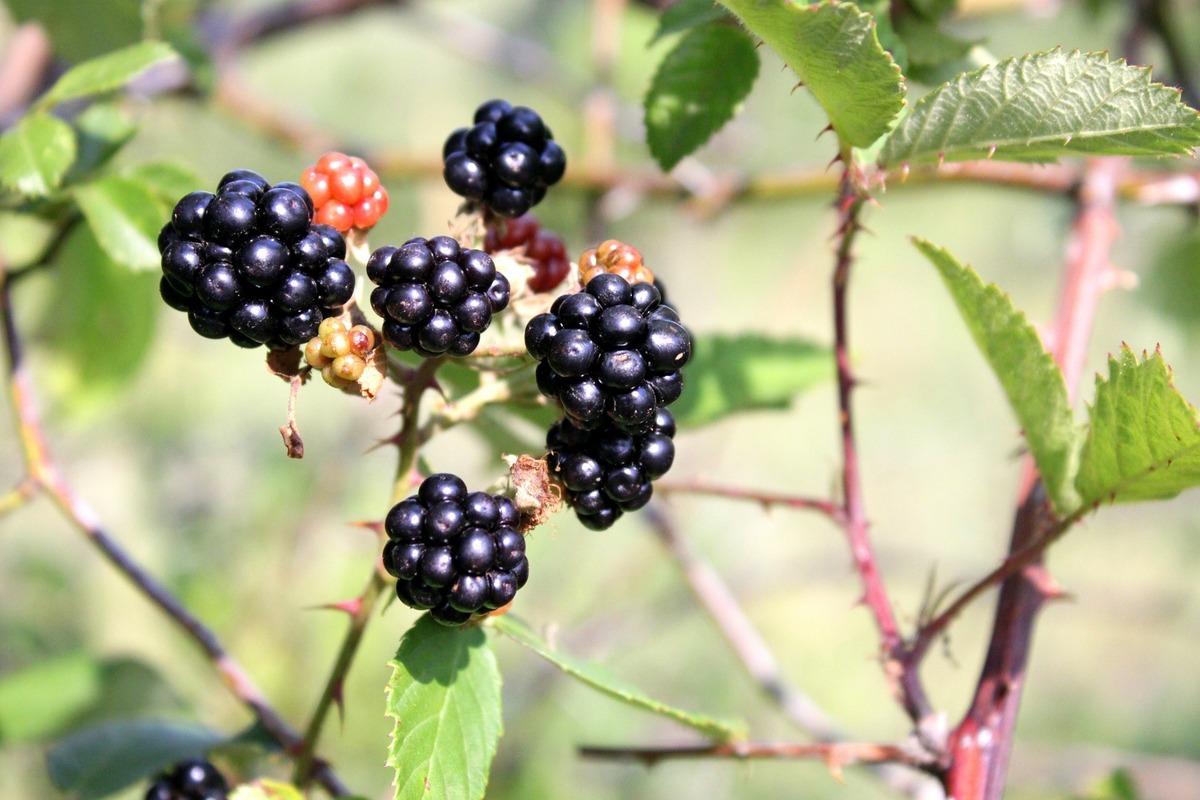
What it is:
The mulberry is the fruit of the mulberry tree, whose scientific name is Rubus or Morus. Besides its natural consumption and in recipes, all its parts are used in natural medicine, given the healing power of this plant. It helps regulate hormones, reduce headache, improves libido, helps sleep better and more.
How to use:
Besides its power to heal the physical body, the mulberry tree can also be used to eliminate negative fluids from your energy field, which can be done by burning its leaves. To do this, just use burning charcoal in a container that can withstand heat, such as a pot or cauldron, and put the leaves to smoke the house, a person or an object. It can also be used forunloading.
Bamboo
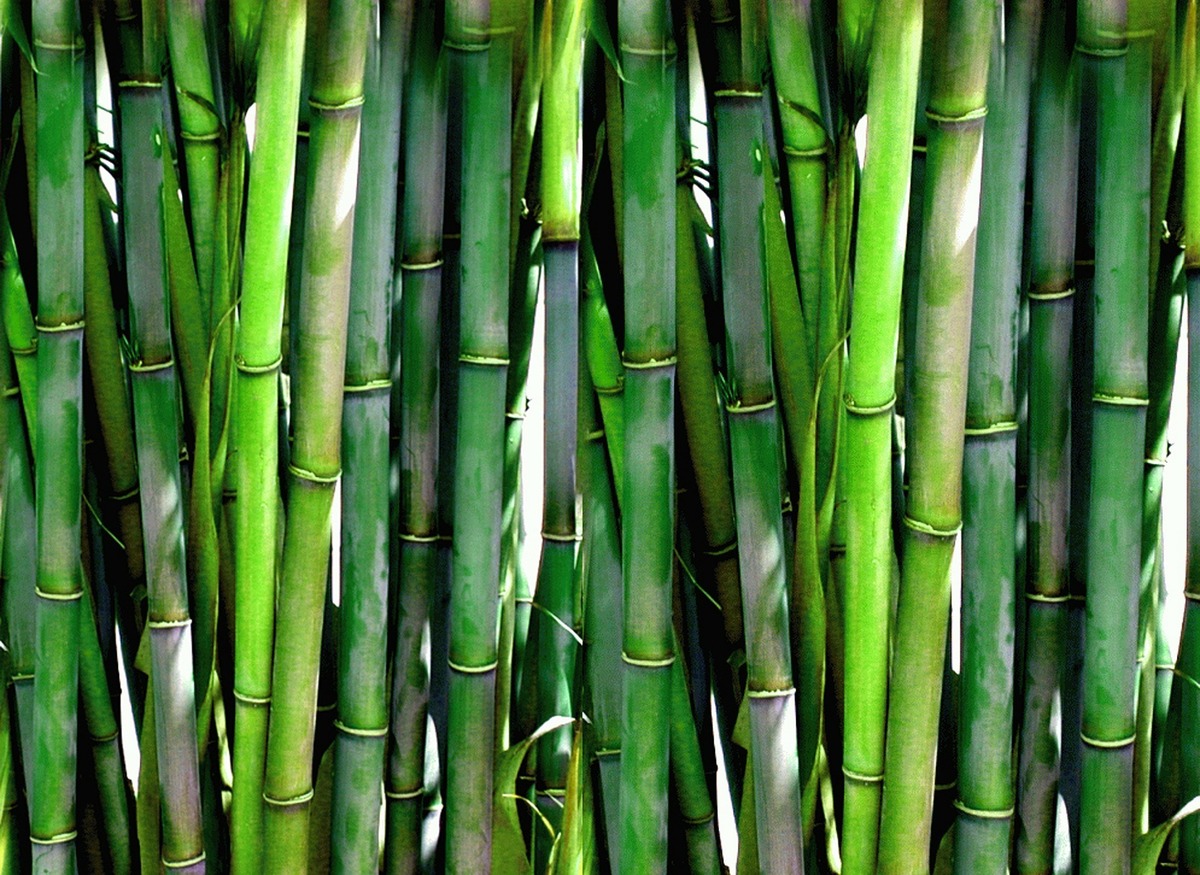
What it is:
Bamboo, or Bambusoideae, is a plant that has been used for millennia for a variety of purposes. It can be used to make furniture, flooring, decorative elements and even paper. Its shoots are appreciated in gastronomy and perfect for medicinal teas, used against nervous problems, gastrointestinal tract problems, and even as an aphrodisiac.
How to use:
Bamboo can be used as a smoker to ward off obsessors - spirits with bad intentions - from your home and renew your energy. In addition, you can also prepare cleansing baths and discharging, especially with its leaves. They can also be used in patuás and spells, as well as in offerings to Iansã, to attract money.
Branda Fire
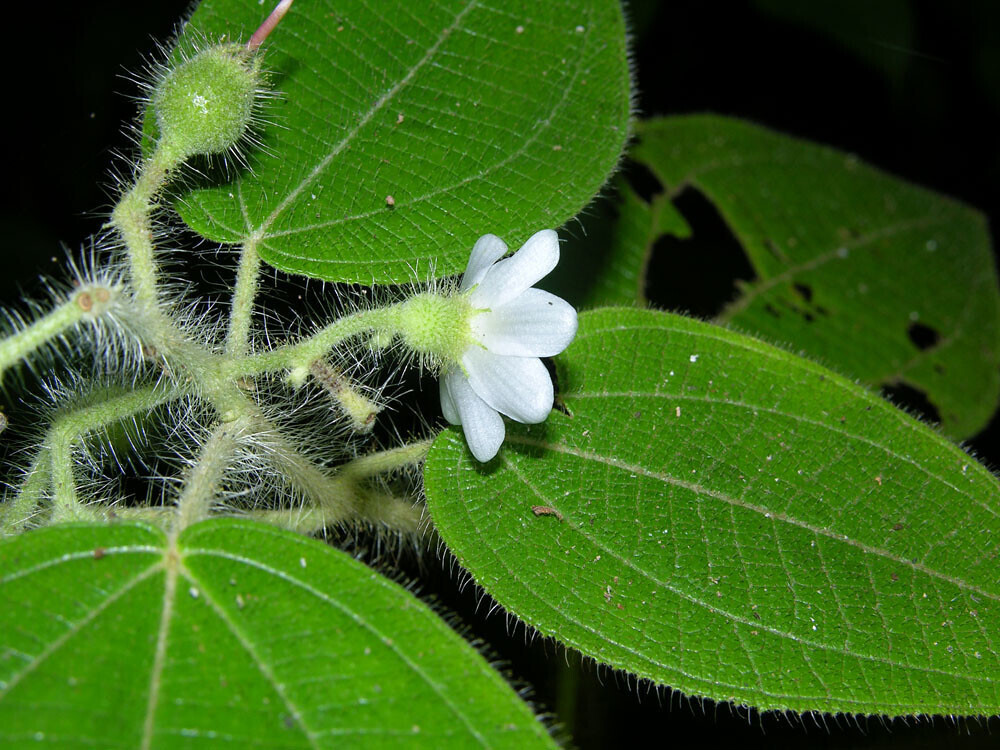
What it is:
Known as branda fogo, folha de Iansã or folha de fogo, this plant has the scientific name Melastomataceae. In natural medicine, it is commonly used for urinary and genital tract problems, as well as for skin diseases, allergies, rashes and itches.
How to use:
To use the "branda fogo" in the "descargo" and "sacudimento" baths, it must be harvested in the morning - the time when it is turned to Iansã and cleaning works. It is good to avoid harvesting it around noon, because its energy is more turned to other kinds of work and it is not recommended for cleaning.
Camboatá
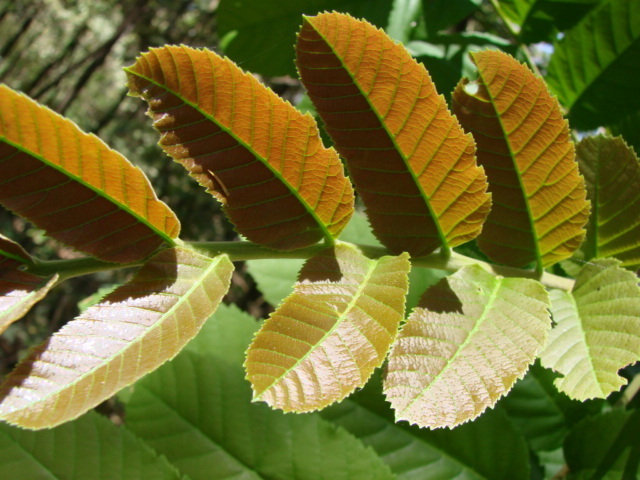
What it is:
Camboatá, Gravatã, Miguel Pintado or, in its scientific name, Cupania Vernalis - it does not matter what you call it, this tree is widely used in landscaping, not only for its blossom but also for the exotic fruits, sought after by birds and bees. It is also used against asthma and coughs, improving breathing.
How to use:
The camboata can also be used as an ingredient in cleansing and purification baths, nothing too deep - being perfect for more delicate people. It is also widely used in spells, rituals and especially in the consecration of ritual objects.
Yellow Cambuí
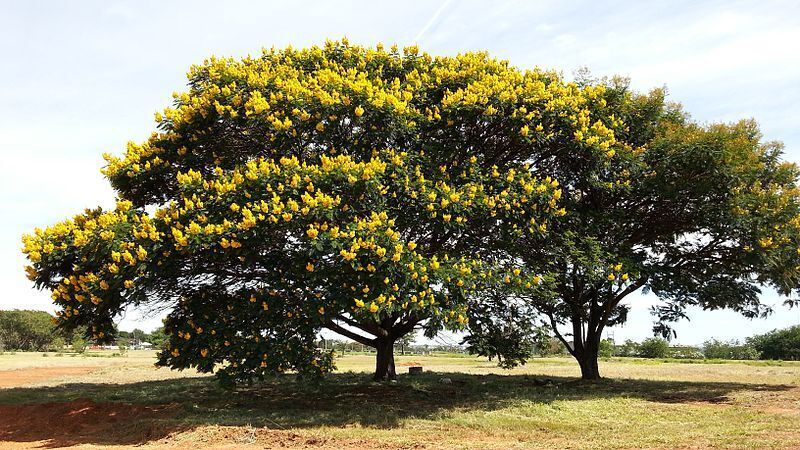
What it is:
The Cambuí yellow, with scientific name Myrciaria delicatula, is a fruit tree, with sweet and exotic fruits. The fruit is usually used in food and candy manufacture, but its tea can be used to contain intestinal problems.
How to use:
Its use is limited, in general, to the unloading baths, usually done at home, without much need of accompaniment. As it is one of Iansã's herbs, it can also be used in altars or offerings to the Orixá.
St. Mark's Wort
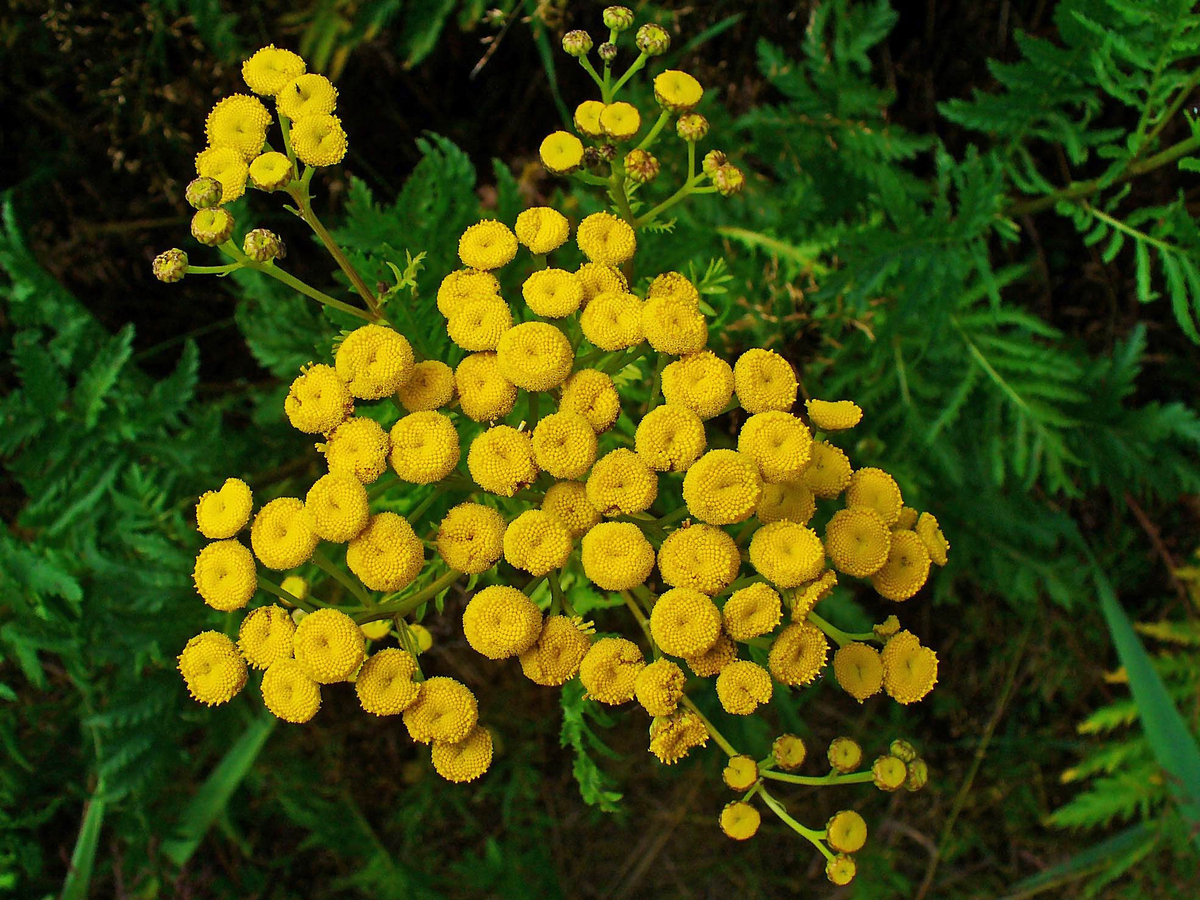
What it is:
The St. Mark's Wort, also known as the herb of the flies or palm, has the scientific name Tanacetum vulgare. Commonly used in the form of poultice (application on the skin), it is indicated to treat rheumatism. It is also popular to combat intestinal worms and gout treatment.
How to use:
Normally, Erva de São Marcos is used for cleansing baths of the denser energies, in a "descarrego". It can also be ingredient for the production of smelling water, useful in the environment and in rituals, as well as for defumação - burning of the leaf to clean the environment.
True Strand
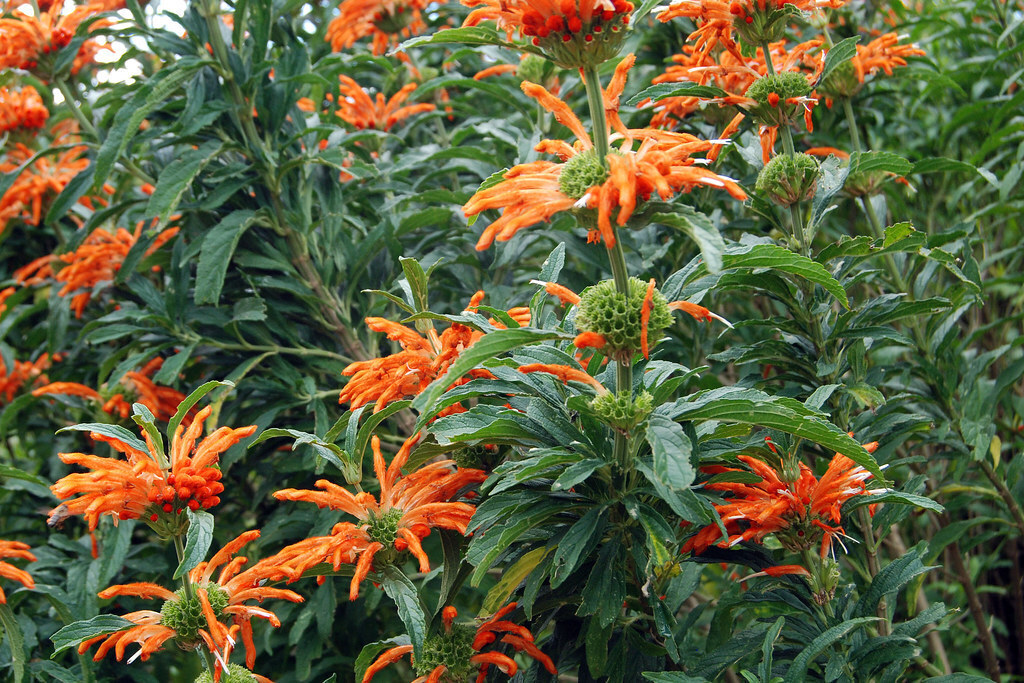
What it is:
Also known as St. Francis cordon, lion's tail or friar's cordon, Leonotis nepetaefolia Benth gives a red bloom in a circle, reminiscent of the cord worn by friars on their robes. It is used against asthma, gastrointestinal and kidney problems.
How to use:
Both its leaves and flowers can be used dehydrated, to smoke the environment and remove bad energies from the place. In addition, it can be used for the most dense discharge bath, for days when things need to go right.
Cloves
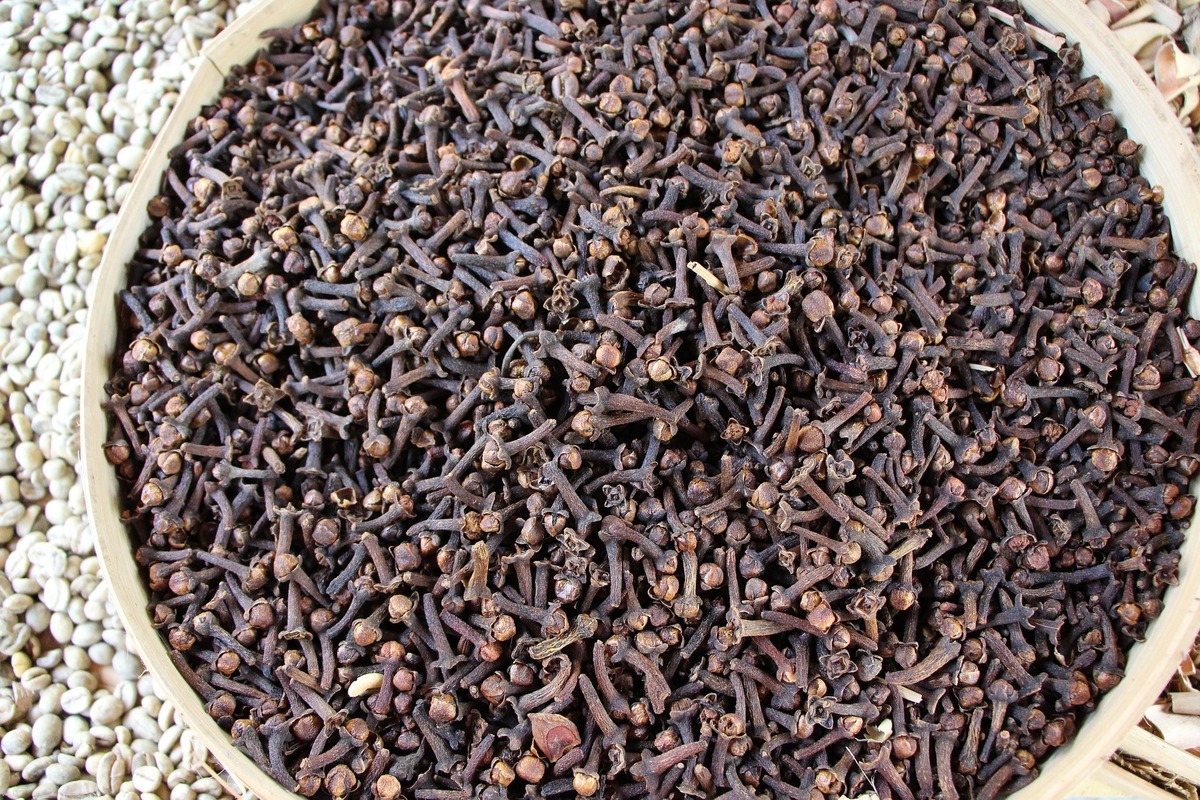
What it is:
Famous as a spice, clove (Syzygium aromaticum) is also a powerful natural remedy. It fights bacteria in the mouth when ingested and acts against inflammation in the body, healing and even analgesic. It can be used as a poultice, tea or added to food.
How to use:
Besides the preparation of cleansing baths, the clove can also be used in requests for prosperity and abundance. Besides being useful for smoking or incense, it can be used as scalding feet, to give more energy. If used in talisman, helps to ward off bad energy and attract good luck and prosperity, being also suitable for spells with this purpose.
Thornless Caruru or Bredo
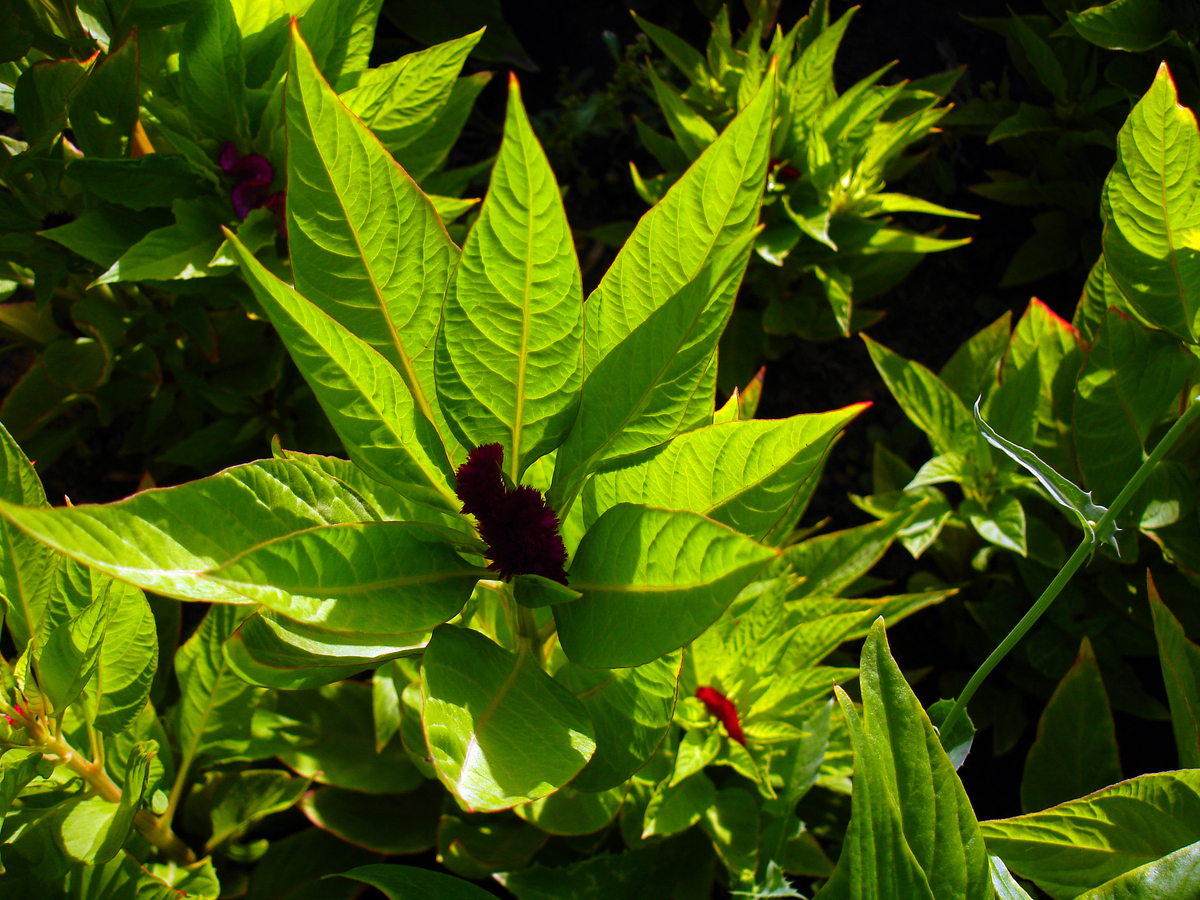
What it is:
The plant called caruru, caruru pequeno or bredo sem espinho (Amaranthus viridis) is edible and very rich in vitamins, also widely used as a remedy or nutritional supplement. Very careful not to confuse it with the red, purple or thorny, which are not suitable for consumption.
How to use:
Like all good Yansã herbs, it can be used in requests for prosperity. However, it is also great for works in the area of personal protection, your home or a loved one. The caruru helps to pass through difficult stages of life, giving more resistance, either through bathing or in the formation of patuá.
Silver Grass

What it is:
The silver, knotweed or paronychia (Paronychia argentea) survives in places with a lot of trampling, such as cattle breeding. Diuretic and healing, it is useful for cleansing blood and treating haemorrhoids.
How to use:
It can be ingredient for smoking environments, promoting the cleaning of the denser energies. In addition, it is also useful in leaf bath to discharge. It is important to pay attention to the type of herb used in baths, always following the guidance of a trusted person, because some may be toxic.
Tostão Grass
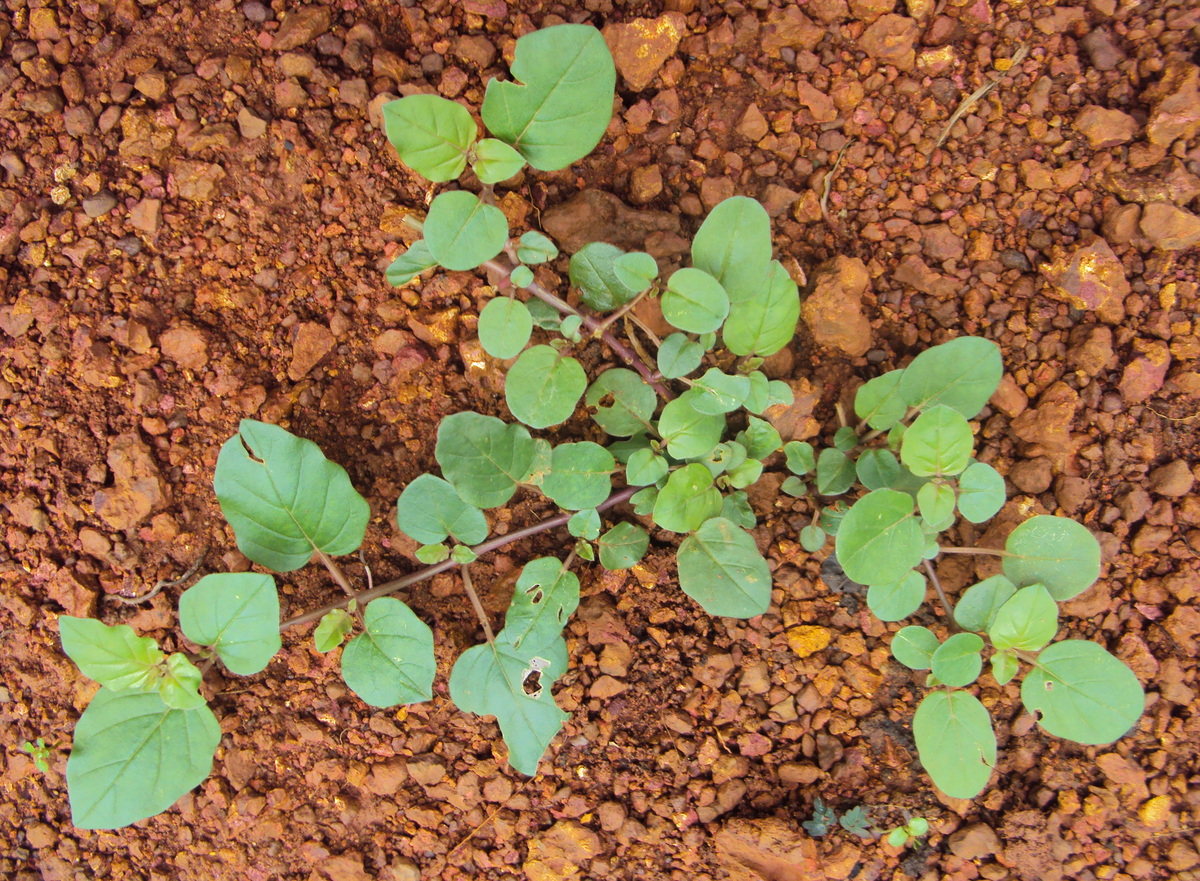
What it is:
Toast grass (Boerhavia diffusa), also known as pig weed or chickweed, is commonly used for pain relief. It is also beneficial for improving the urinary and hepatic systems.
How to use:
Powerful in counter-spells, it is linked to ancestry and reconnection. It can also be used in unloading and protection spells.
Sword of Santa Bárbara
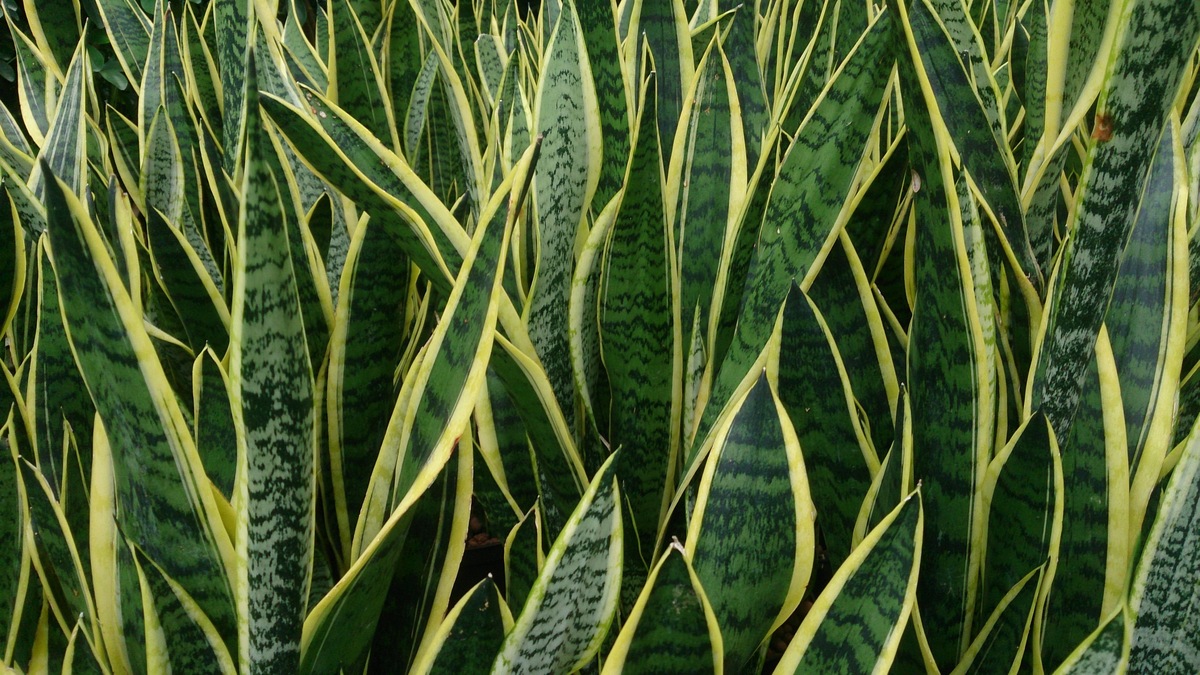
What it is:
Part of the Sansevieria trifasciata family, the Santa Barbara sword is distinguished from the St. George sword by the yellow stripe that runs along the entire leaf edge.
How to use:
When planted around the house or in front of the door, it prevents the entry of bad energies. Powerful and dangerous, it should not be used without proper guidance, especially in baths or smokings. It is also useful for shaking and consecration.
Fedegoso
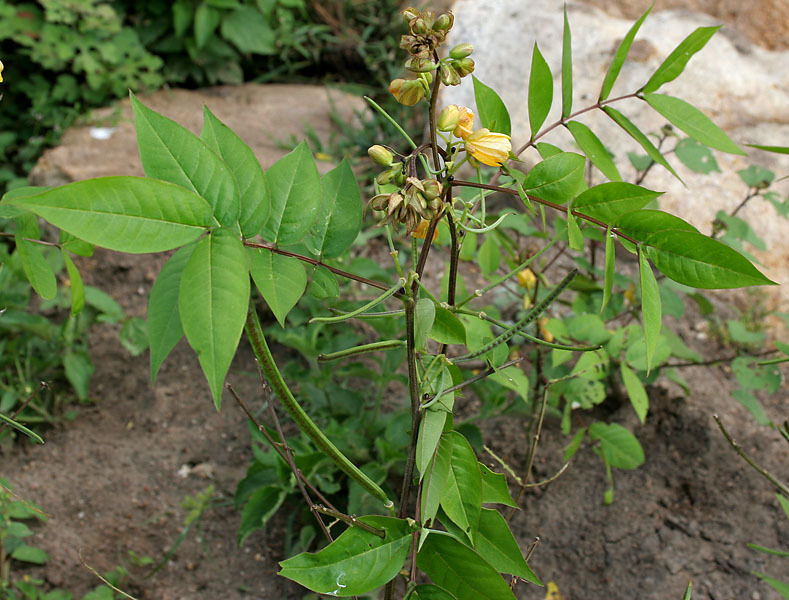
What it is:
The fedegoso, also known as pajé leaf, has the scientific name Cassia occidentalis L. Usually considered a weed, it has medicinal use and treats problems of the gastrointestinal tract, but should be used with caution because it contains toxicity.
How to use:
You certainly wouldn't want a fedegoso fumation in your home - the name is self-explanatory. It can be applied in the bath, to repel very dense energies and activate mediumship.
Fruit Bread
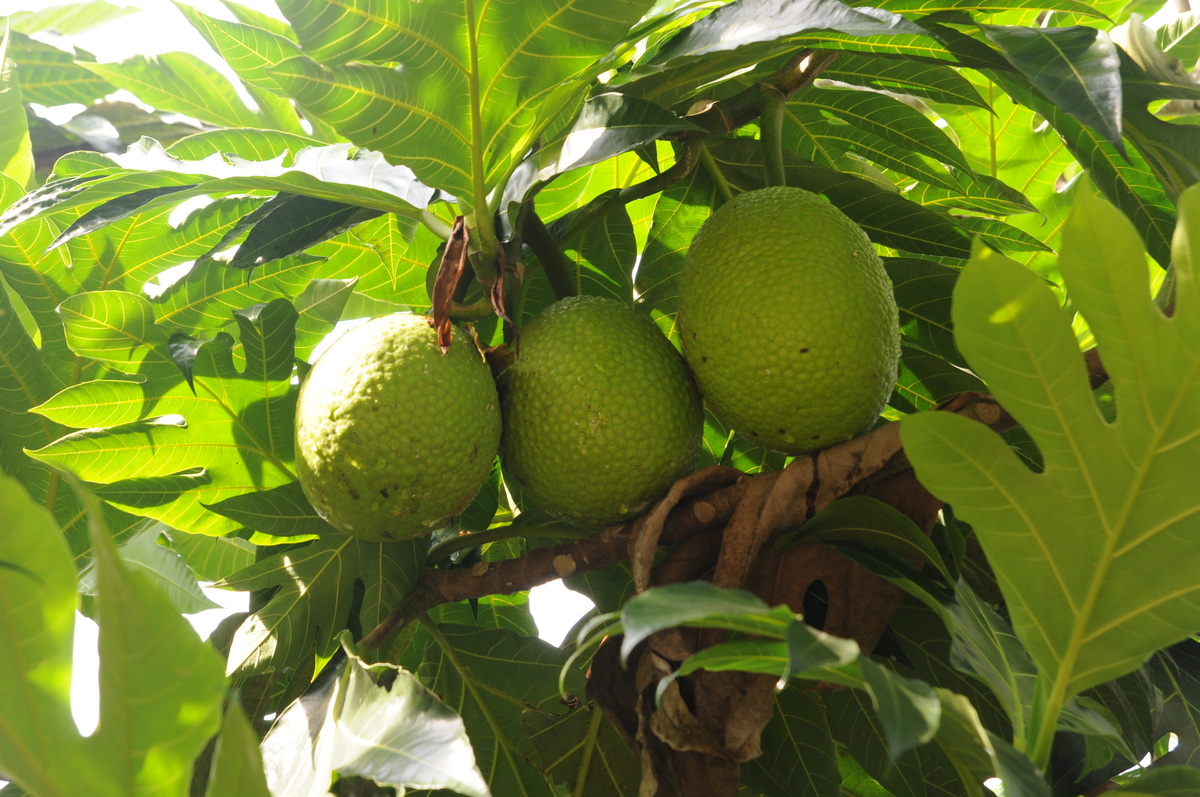
What it is:
The bread fruit, poor man's jackfruit or bread tree, whose scientific name is Artocarpus altilis, is rich in nutrients and has a very mild flavor. Much appreciated in the North and Northeast regions, it should be boiled before consumption.
How to use:
Its main use in religions of African origin is ritualistic, being used in the liturgy "tirar a mão" and others. In addition, it can also be ingredient for shaking in order to ward off egun or obsessive spirits.
Jaborandi
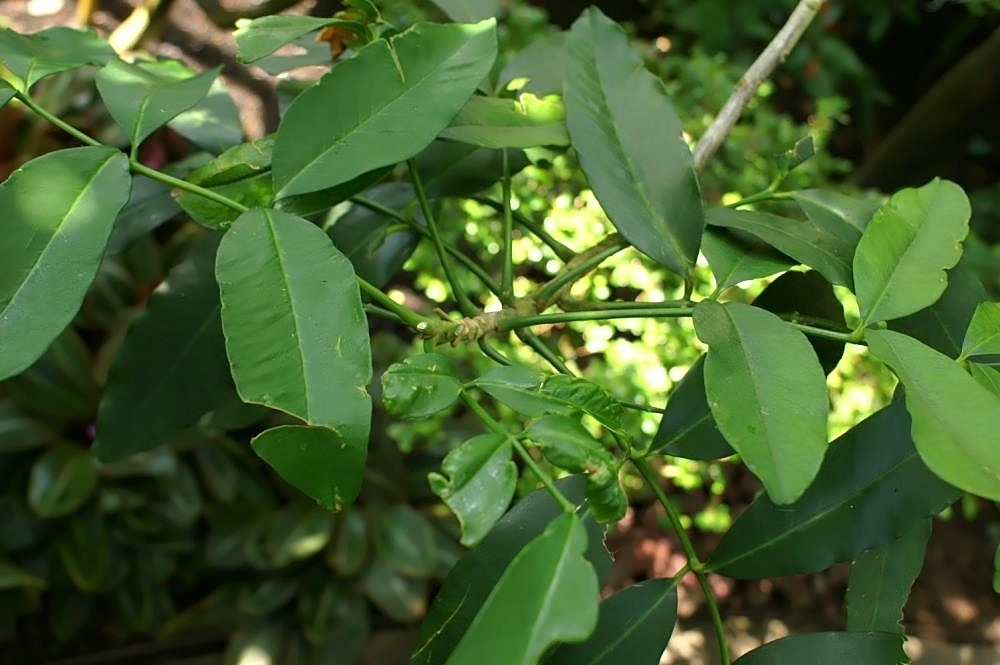
What it is:
It's not just for hair and skin that jaborandi, or knee herb (Pilocarpus), is used. Although its tea and oil are widely used for beauty treatments, they are also important in other areas.
How to use:
Powerful, transmuting and aromatic, this Yansã herb is normally used in shaking, in order to eliminate very dense energies or even mocking and obsessive spirits.
Blond
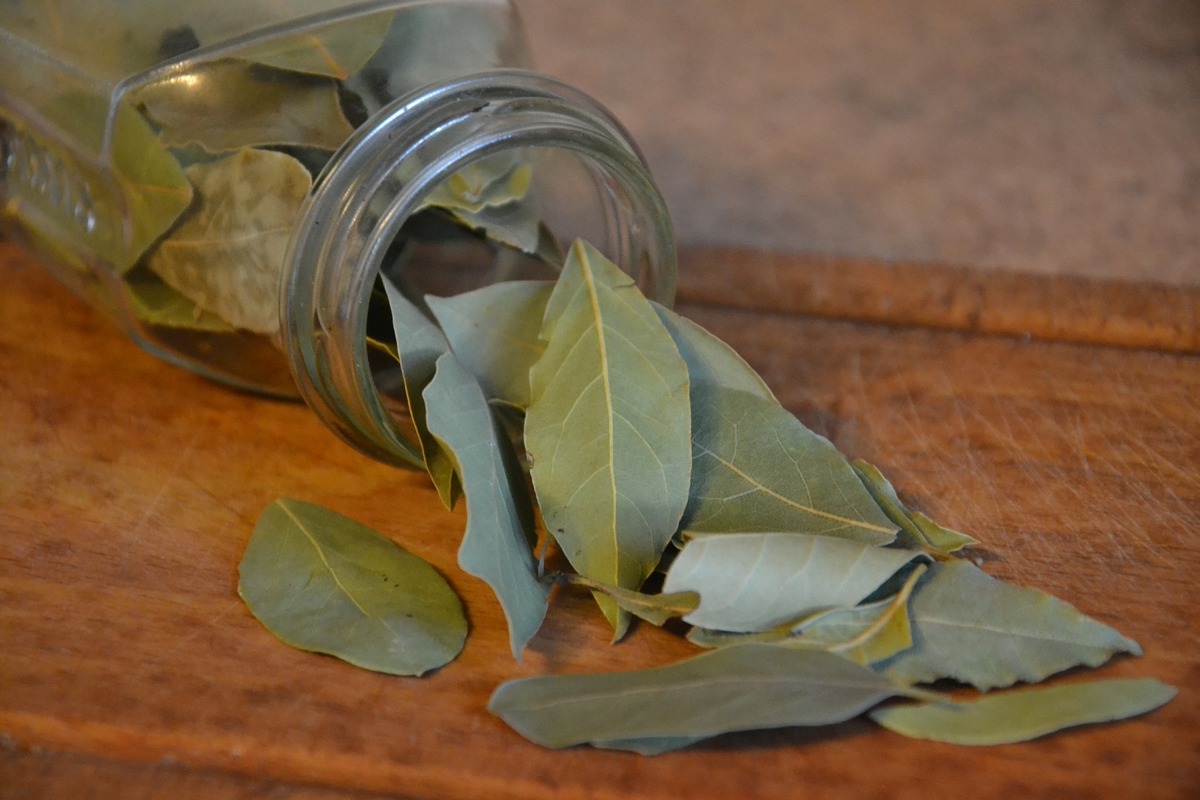
What it is:
The bay leaf (Laurus nobilis), so appreciated in Brazilian cuisine, is also used as a remedy for the treatment of gastrointestinal problems.
How to use:
Its vibration is focused on purification and also for conquests, victory, prosperity and abundance. If used as smokers, it helps bring prosperity to the house. Likewise, it can be used in baths, teas or spells.
Mom-good
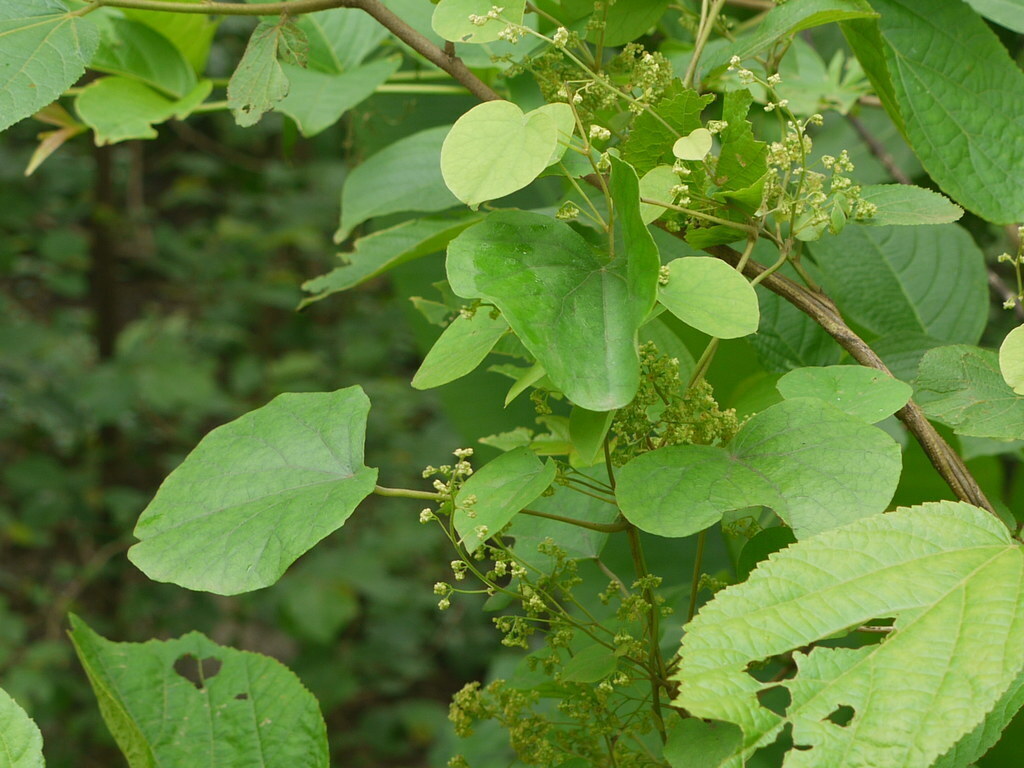
What it is:
The sweet potato, whose scientific name is Cissampelos L, is considered by many a weed because they do not know its properties. It is commonly used as a bath or poultice against rheumatism and gout.
How to use:
To enjoy the good motherwort, you should use only the leaves, as it can be toxic. It can be applied in the cleansing bath, but only with the guidance of someone very experienced and under the right conditions.
Purple basil
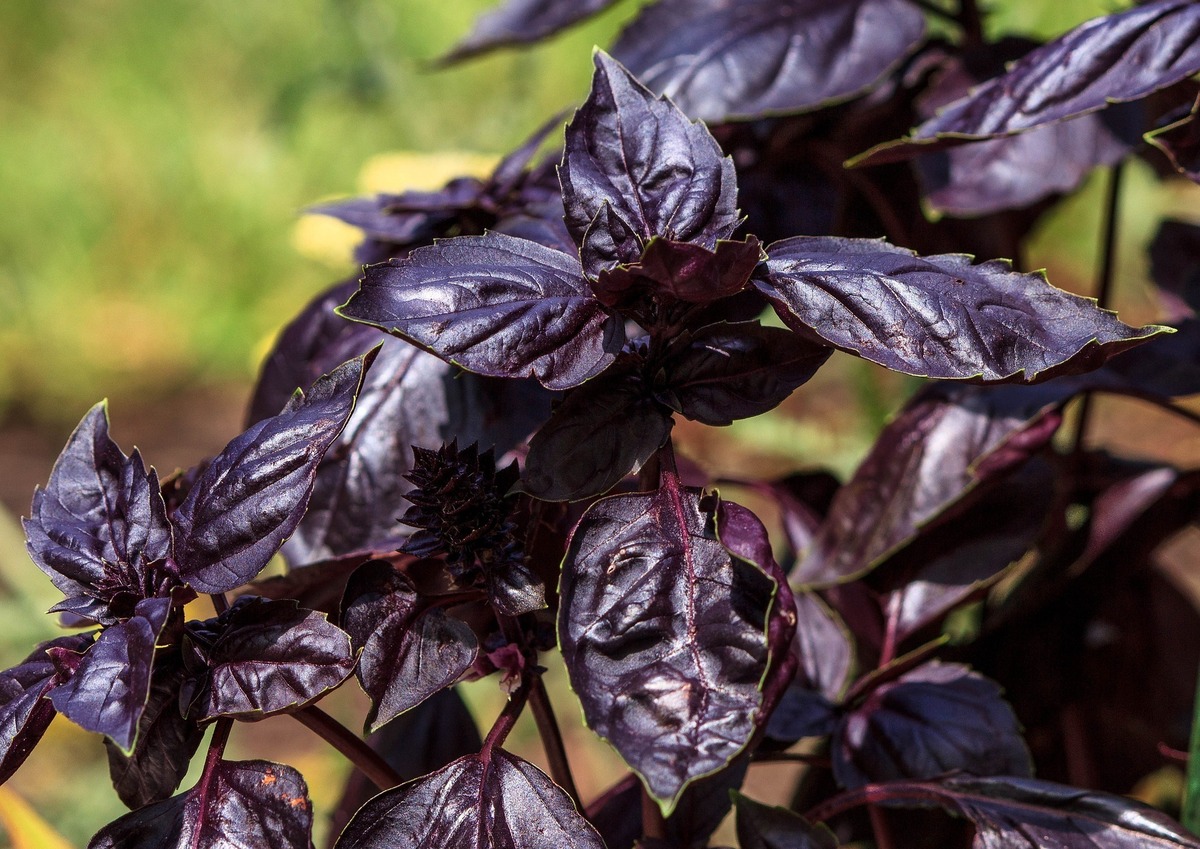
What it is:
Purple basil (Ocimum basilicum purpurea) is grown in the shade and when exposed to the sun it turns green again. It is good for treating skin infections, respiratory tract infections and of course as a condiment.
How to use:
In the form of bath or smokers, it transmutes negative and aggressive energies into willpower and focus on victory. It is also used in spells of prosperity and abundance, either through teas or even patuás.
Mimo-de-Venus or Amor-agarradinho
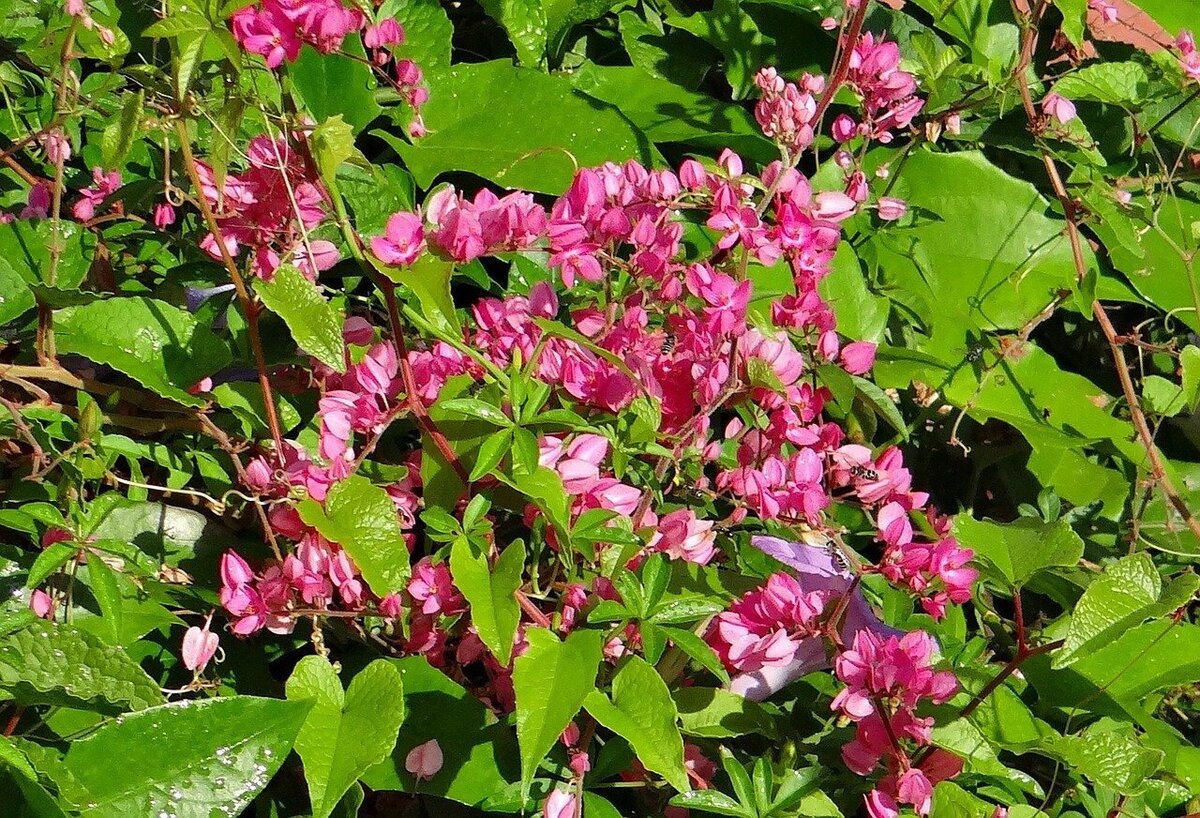
What it is:
The Yansã herb called mimo de vênus or amor agarradinho (Antigonon leptopus) is a climbing vine with heart-shaped flowers, and is usually used as an ornamental plant.
How to use:
Besides the purification baths, it can also be applied in love spells - own or universal. There are also those who use it to attract romantic love, which should be done with good intentions and never directed to a specific person, but rather for the arrival of true love.
Oxibatá

What it is:
Also known as nymphaea, lotus leaf or water lily, the Oxibatá (Nymphaea sp.) is an aquatic plant, aromatic and floral. Present in several cultures, such as Egyptian, is the favorite herb of the Iabás (female orixás).
How to use:
It is used for the liturgy of the removal of hands and obligations. It is also an ingredient in baths and spells aimed at sensuality and love, but always in consideration of free will, which is a two-way street. In other words, what you do will certainly return. So, always be very cautious with love spells or moorings.
Lightning arresters
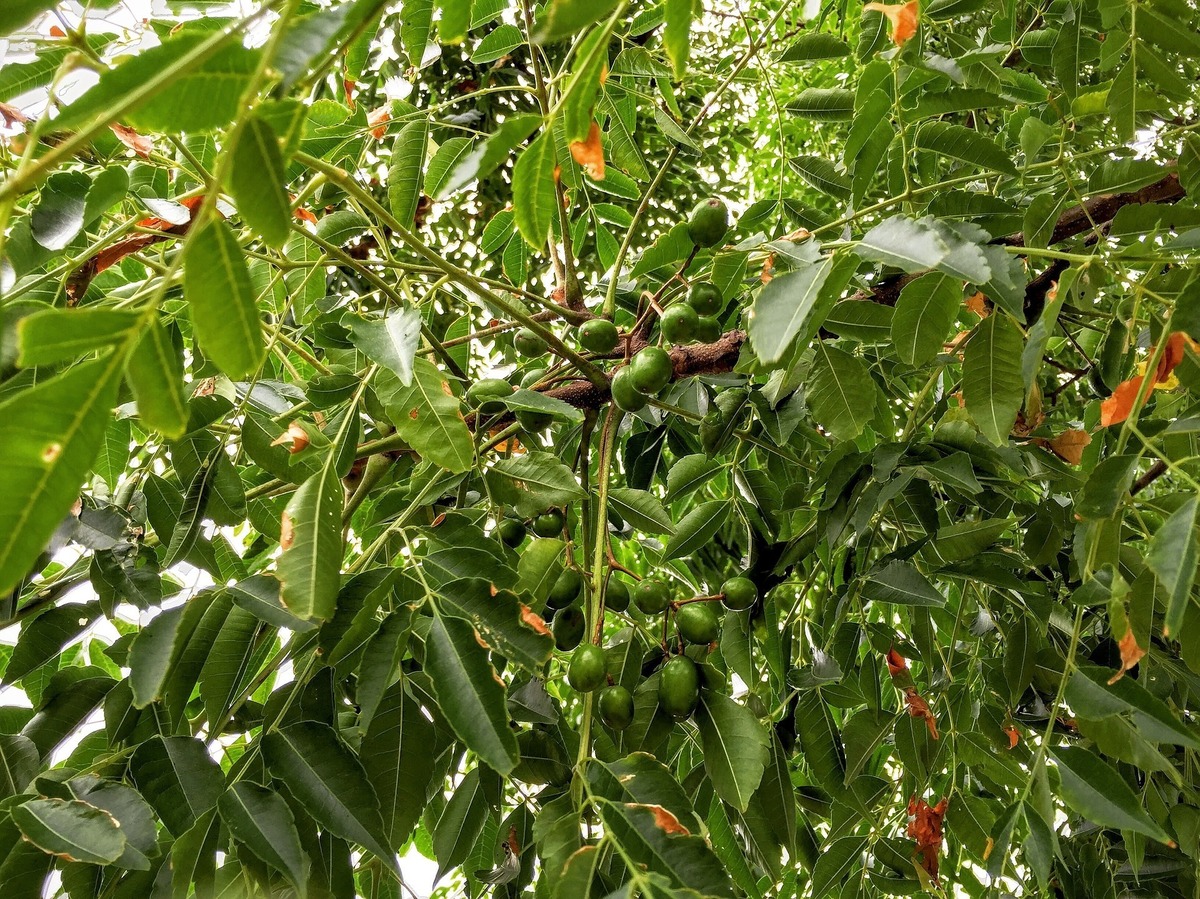
What it is:
Lightning rod, tree of paradise, bittersweet or cayenne jasmine are the popular names of Mella azedarach L. It is an abortifacient and laxative plant and should be handled with caution.
How to use:
Used mainly for shaking, it takes 9 branches of lightning rods during the ritual, so that the heavy load can be eliminated from the place and from the person. It is also part of initiations and purification for children of Oyá.
Pink Cow Paw
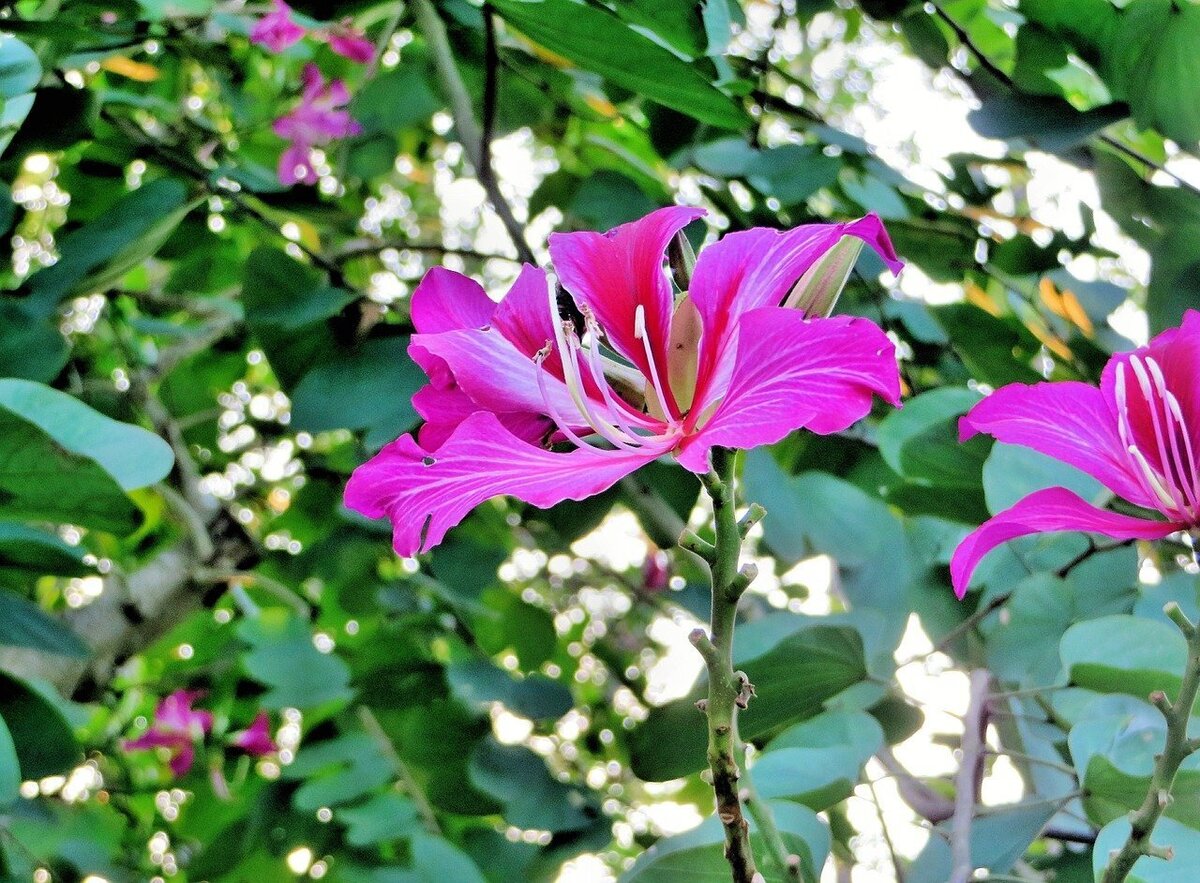
What it is:
The pink pata de vaca tree (Bauhinia variegata L.) bears purple flowers that are in great demand in urbanization projects. The pink version is used for Iansã. There is also the white pata de vaca, which is used for Nanã, a female orixá.
How to use:
It is usually used in obligations to Oyá, being offered among other elements, in a clay dish, during the liturgy. It can be used in spells and baths of self love and courage, as well as self-esteem.
White Pine Nut
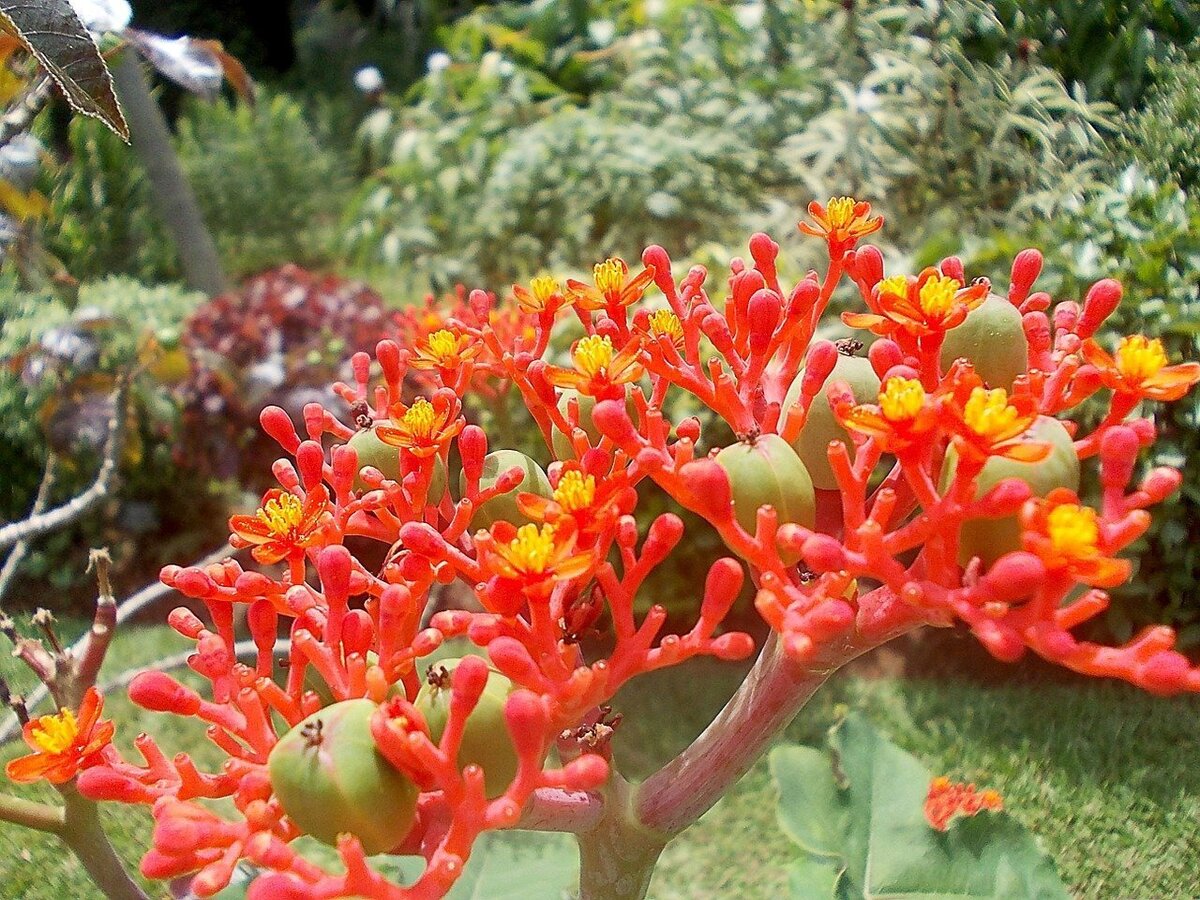
What it is:
White jatropha (Jatropha curcas), also known as physic nut, mastic tree, purgative pinecone and jatropha, is commonly used for biofuel production and should not be eaten.
How to use:
An ingredient mainly in heavier shaking, it can also be used - with proper guidance and caution - in baths. The bath with white pine nuts is known for attracting prosperity and good luck, but should not be performed by lay people or people who do not master its properties.
Purple Pinion
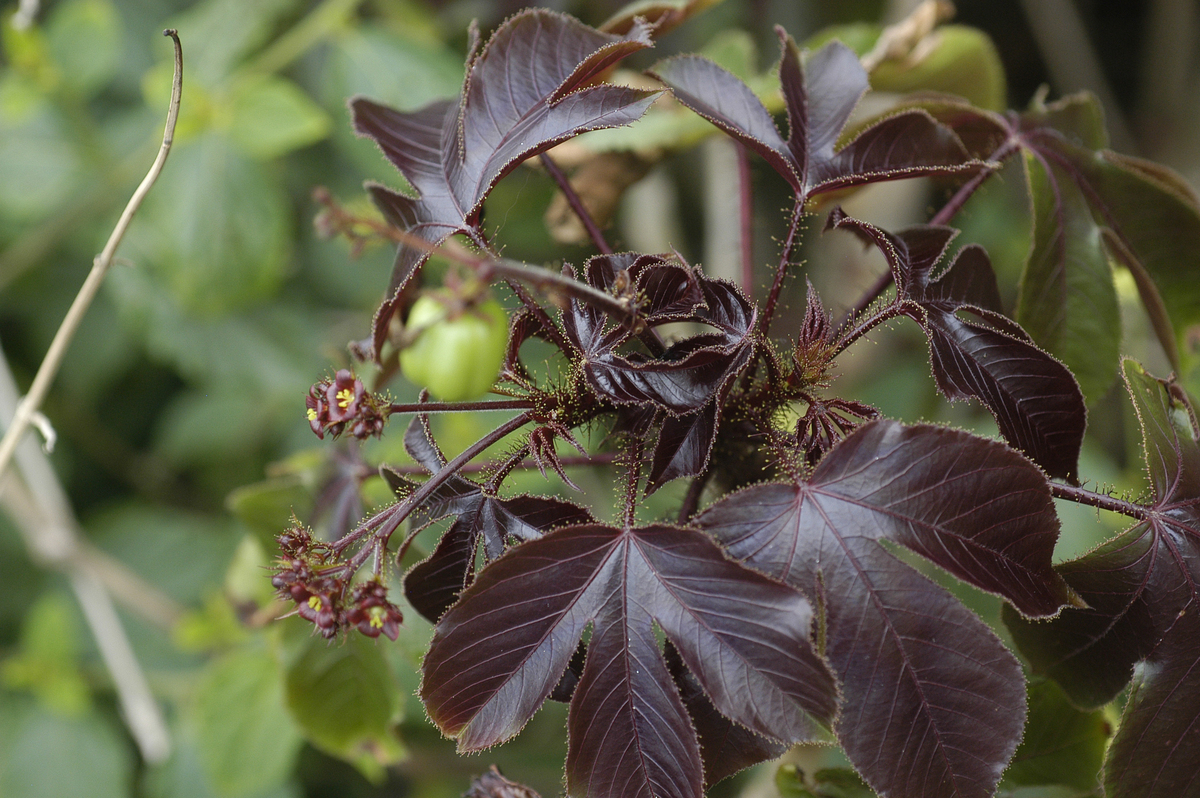
What it is:
The physic nut (Jatropha gossypiifolia), also known as pinion, has purplish-green leaves, which are the attraction of the arapuá bee. It is also used to make biodiesel and should not be ingested.
How to use:
Its use is exactly the same as that of the pine nut, but caution must be redoubled, because it is even more toxic. In other words, it is better to opt for other plants if you do not have the mastery of the manipulation, which can put your health at risk.
Pomegranate
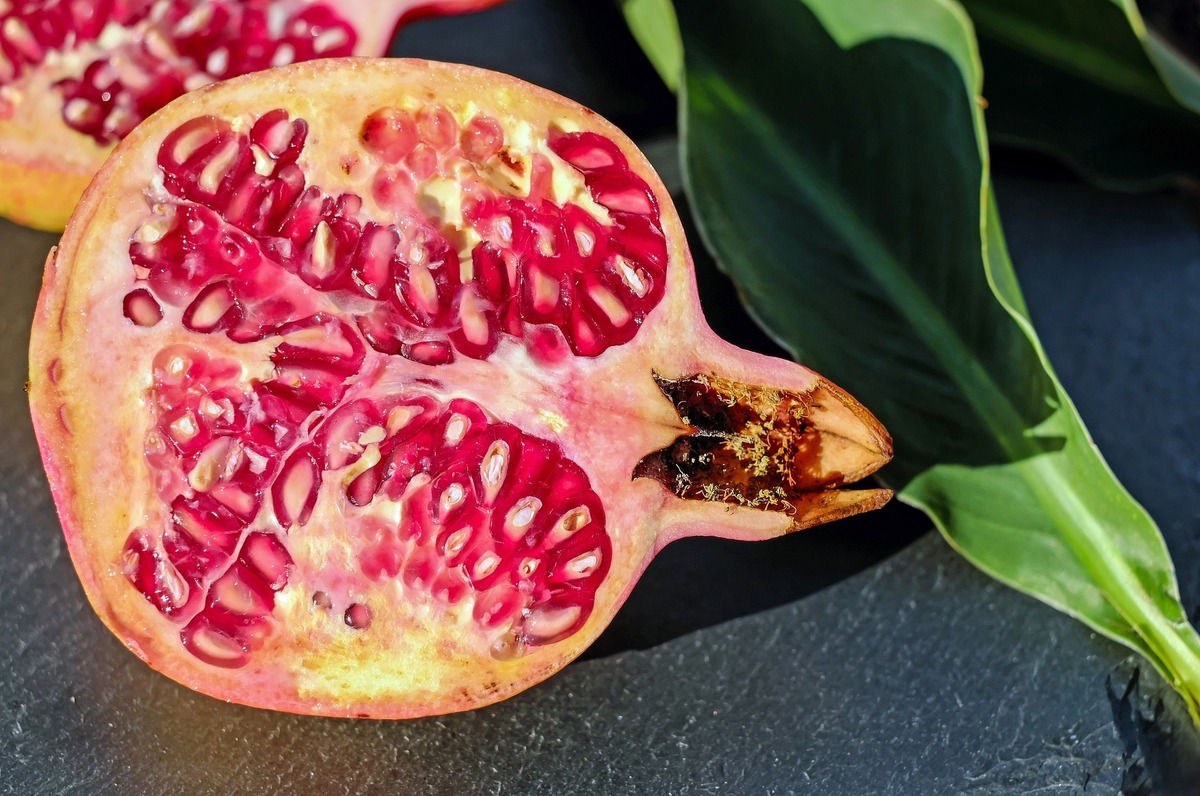
What it is:
The pomegranate, whose scientific name is Punica granatum, is usually used as food and also as a natural remedy for mouth ailments, throat and colds.
How to use:
More than attracting fortune and good luck in New Year spells, it is one of the sacred plants of Iansã, and its leaves are used in baths to cleanse. Use the dehydrated seeds, leaves, twigs and even bark to make spells of prosperity. Its juice can also be used to increase sensuality and power.
Umbaúba
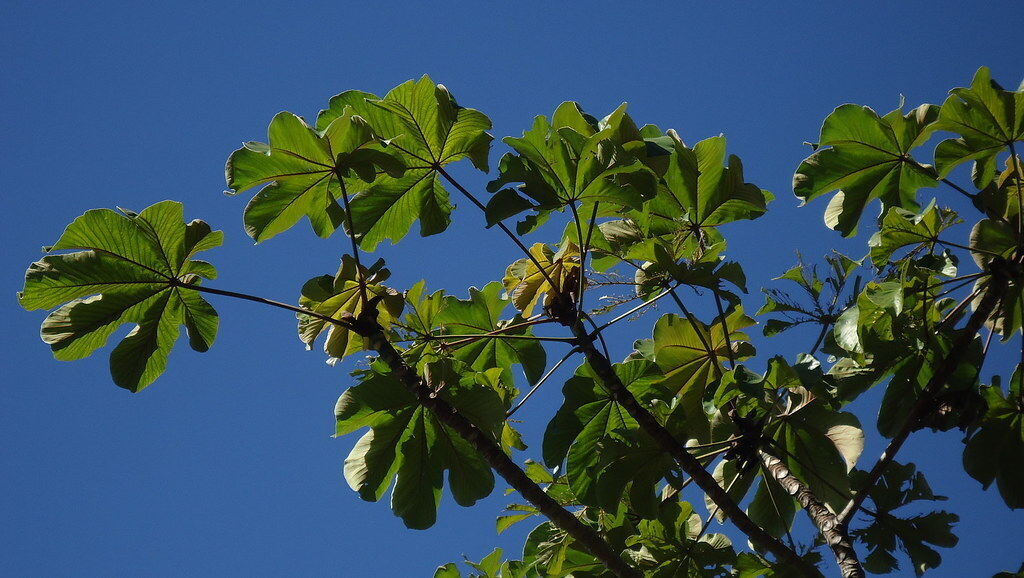
What it is:
The Umbaúba (Cecropia), also called embaúba, umbaúva, embaíba or imbaíba, is a strong and adaptable tree that grows even in poorly fertile soils. Its wood can catch fire when rubbed, and is also used for medicinal purposes.
How to use:
Used mainly for rituals and cleansing baths, the umbaúba is also used in liturgies, with the offering of its fruits. It can be an ingredient in spells to attract strength and prosperity.
With the herbs of Iansã (Oyá), is it possible to invoke her forces?

If you know how to do it, you can take advantage of the vibratory field of each plant and its preparations to bring Iansã characteristics to your life. Among them are strength, courage, prosperity, abundance, deliverance and, especially, protection.
Daughter of Yemanjá and Oxalá, she has had her romance with Ogun - Lord of War - and is the wife of Xangô, Lord of Justice. She is a warrior and deals with the passage of disembodied spirits to the next plane, even if they do not want to.
She is normally represented in red and gold garments, holding a sword in one hand and the eruexin in the other. This is made of buffalo mane, with metal handle, conch and beads and serves to move the winds, physical or immaterial.
In other words, Iansã is the perfect Orixá if you want to establish some change in your life. So, if you have any of Iansã's herbs at home, take the opportunity to seek guidance and make good use of these powerful tools.

